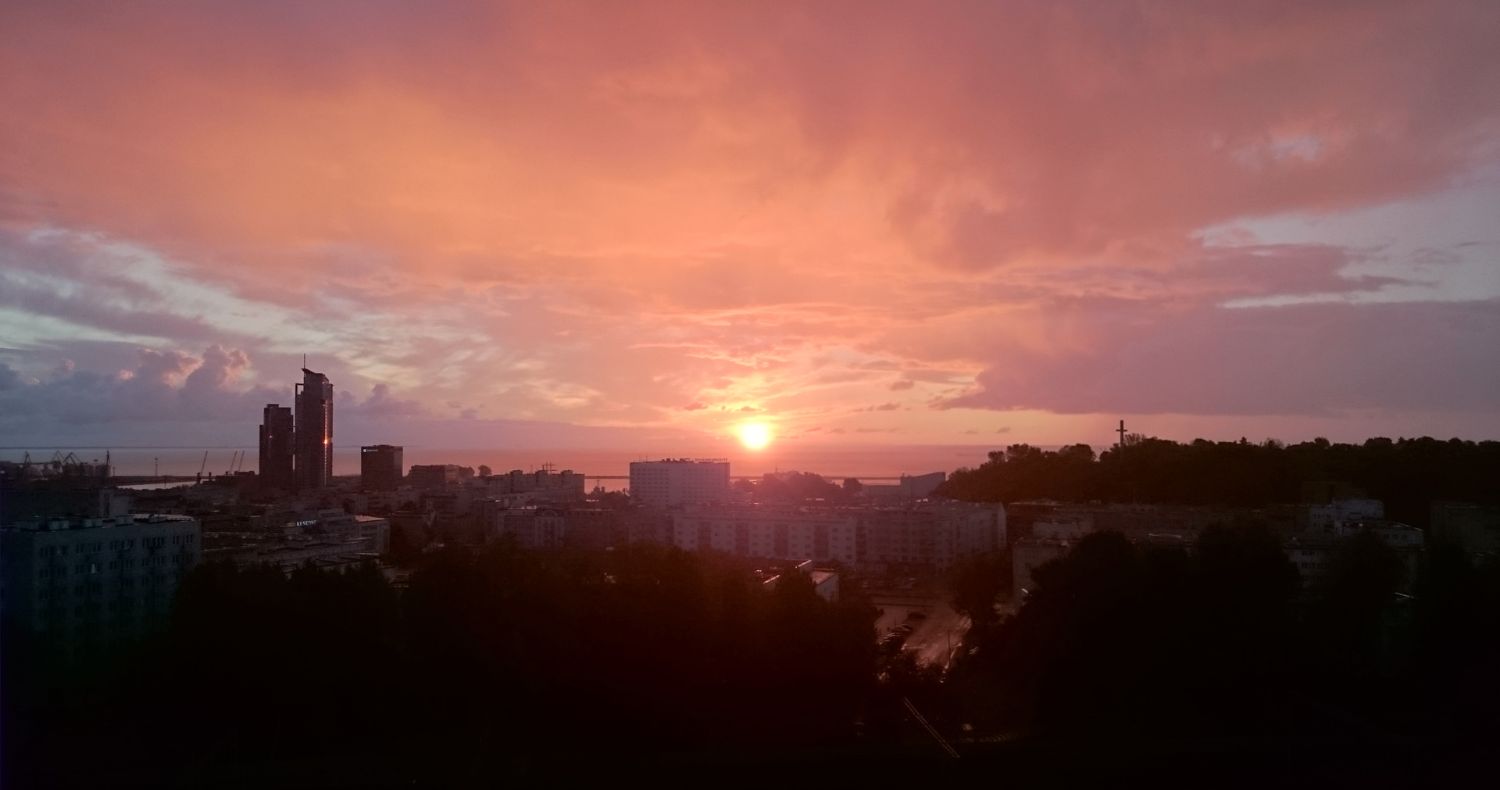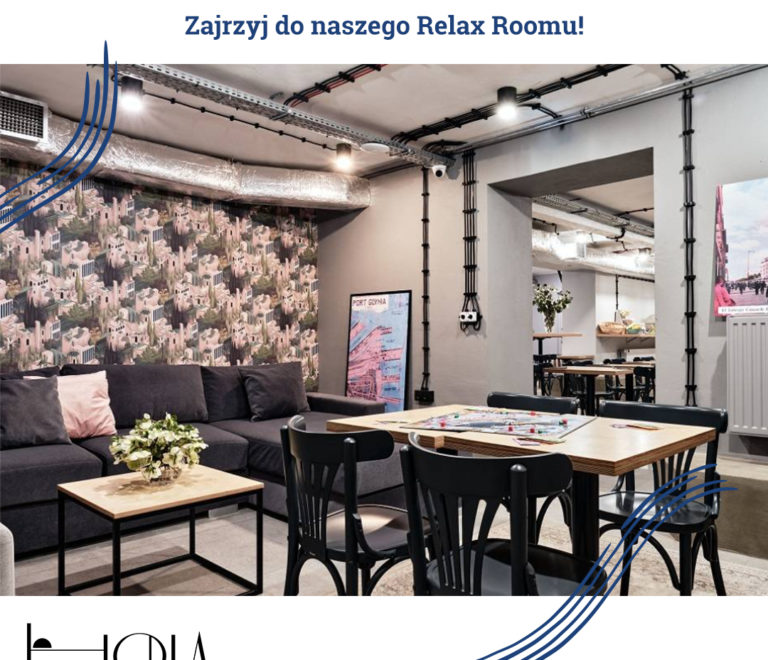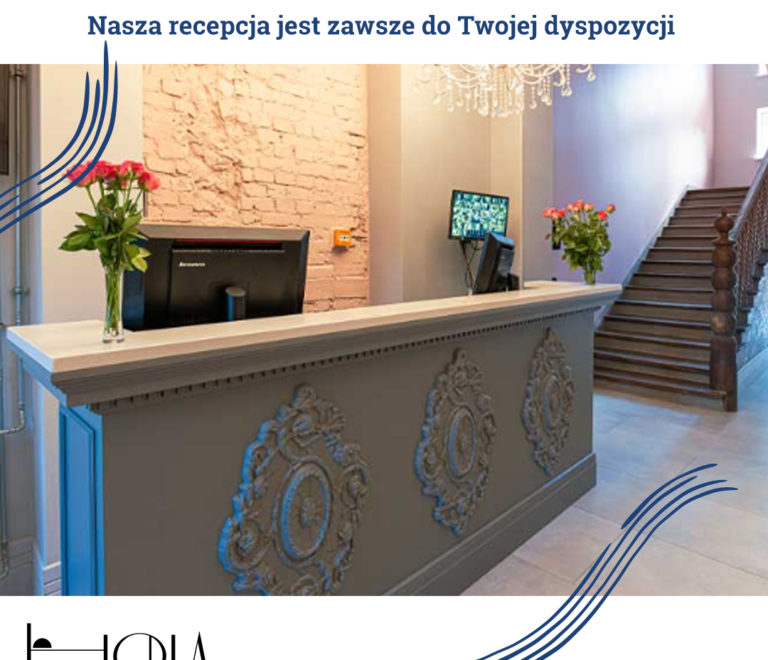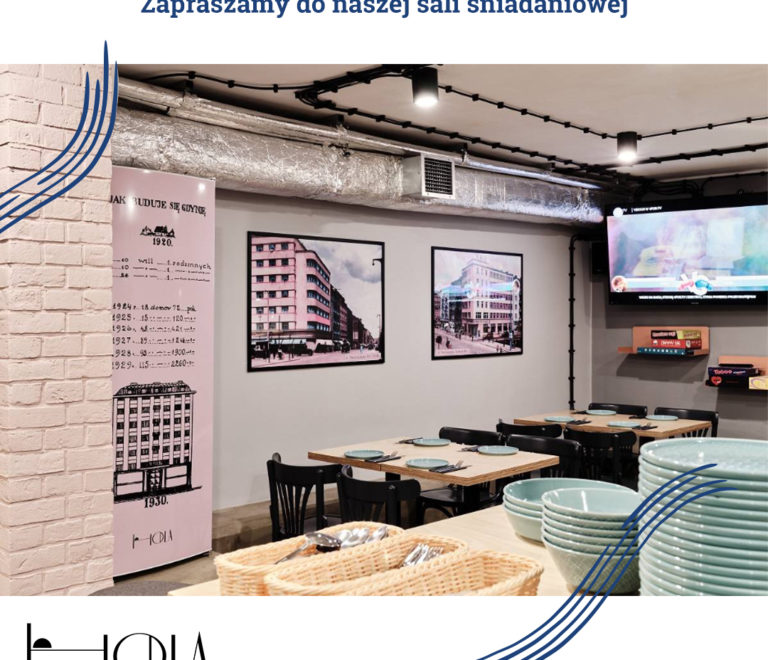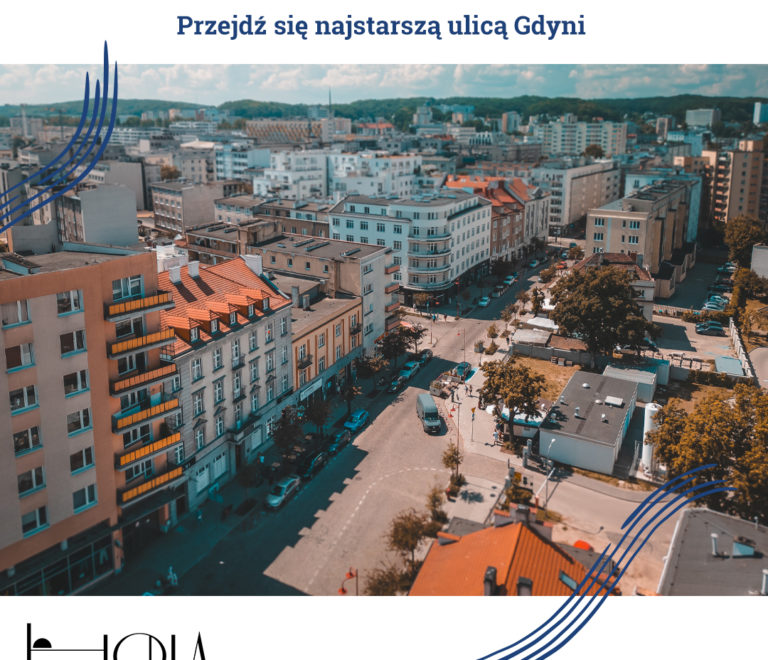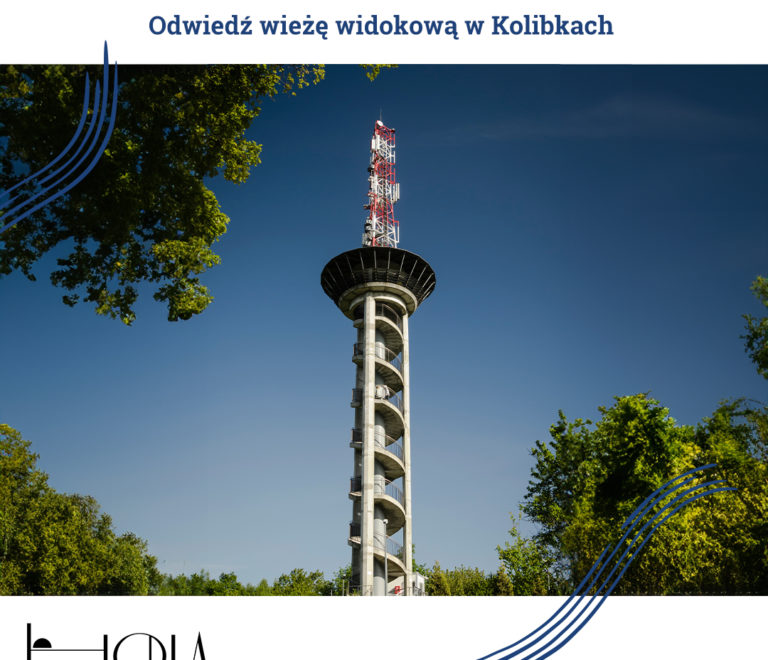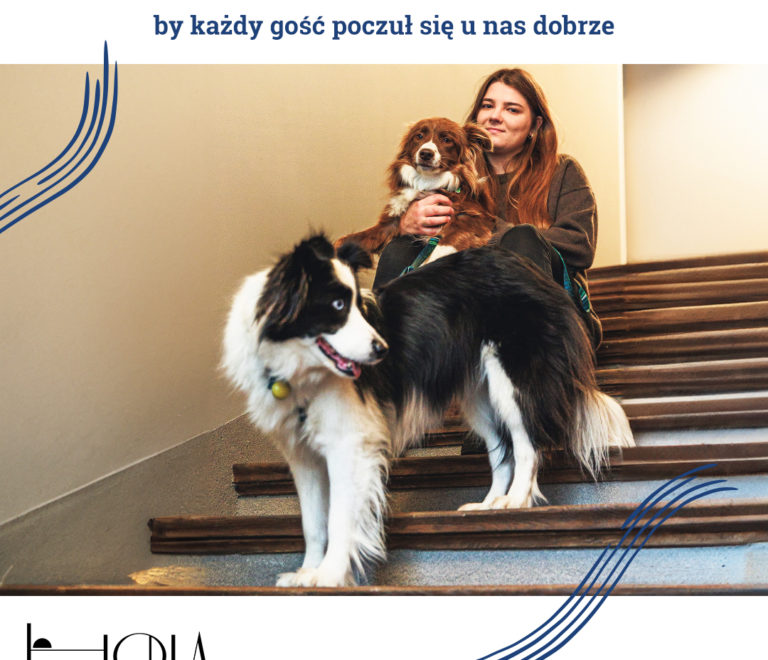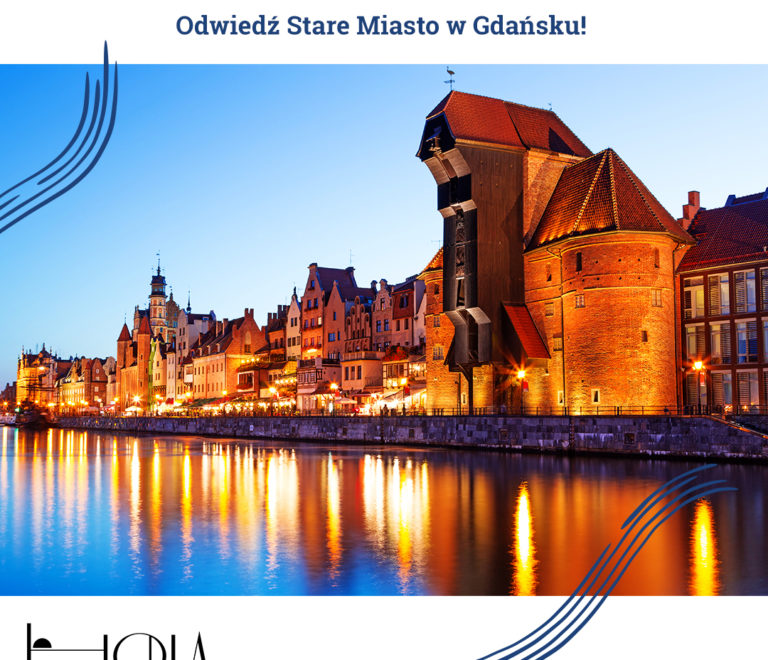Gdynia and Starowiejska Street – this is where it all began. Let’s explore some important landmarks located on this street: Central Hotel, Convent of the Sisters of Mercy of St. Vincent de Paul, Hundsdorff Building, and Abraham’s House.
Starowiejska Street, measuring 758 meters, is the oldest artery in the heart of Gdynia. Walking from the Square of Displaced Gdynians, one can notice how it intersects with other important roads, such as 3 Maja Street and Świętojańska Street.
History and Modernity
Its history dates back centuries when it was known by various names – from Panieńska Street, through Altdorf Strasse, to Goten Straße during the German occupation. Starowiejska Street has witnessed numerous transformations, both architectural and social.
Recent years have brought further changes through revitalization projects. Completed in April 2023, these efforts aimed to restore the street’s historical character. The street received a new surface, energy-efficient lighting, and relaxation areas.
The buildings along the street also reflect its rich heritage. Noteworthy landmarks include Abraham’s House and the Convent of the Sisters of Mercy of St. Vincent de Paul. Important points on the map also include the former Central Hotel (now Hola Gdynia) and the Hundsdorff Building. The Jaworowicz Building also deserves special attention; before the war, it proudly displayed a replica of the Statue of Liberty. The buildings that appeared here at the beginnings of Gdynia are now mostly occupied by shops, restaurants, and banks, making the street vibrant today.
Gospoda u Skwiercza and Central Hotel – Gdynia Starowiejska Street 1
Before Hola Gdynia was established at Starowiejska 1, much happened here. Initially, this site hosted a tavern – Gospoda u Skwiercza, where the first theatrical performance took place. President Stanisław Wojciechowski also visited the tavern. Despite its popularity, the tavern was demolished to make way for a new, elegant building. In 1928, according to Jan Stefanowicz’s design, a building was erected, housing the Central Hotel. This hotel quickly gained fame with its offerings – comfortable rooms with hot water, central heating, as well as a restaurant, winery, and ballroom.
World War II brought changes in name and function to the building, and after the war, it even housed the consulates of Belgium and Sweden. In 1950, the building was nationalized, changing its status and name to Bristol. Despite these changes, the building gradually lost its significance.
After the fall of communism in 1989, the original owners reclaimed the building and renamed it Lark. Since then, the building has undergone further transformations, turning into an office space, and after a general renovation, Hola Gdynia was established.
Convent of the Sisters of Mercy of St. Vincent de Paul – Gdynia Starowiejska Street 2
Visible from the windows of Hola Gdynia, the Convent of the Sisters of Mercy of St. Vincent de Paul in Gdynia is a significant point on the city map, not only for architectural reasons but also because of its rich history related to social and health care.
The convent’s history began in 1910 when missionaries from the Sisters of Mercy of St. Vincent de Paul came to the village of Gdynia. At that time, Gdynia was still a small village, and the sisters engaged in helping the poor and sick, organizing a chapel in the attic of their house. This place became the first religious center in the region where residents could participate in masses and services in Polish.
After Poland regained independence, the sisters’ activities significantly expanded. They established the first daycare for children, and in 1927 they opened an outpatient clinic in the newly built convent with a chapel. In the following years, with bank loan support, the sisters built the first hospital in Gdynia at Kaszubski Square, which later expanded its activities to include new pavilions: surgical, internal, obstetric-gynecological, orthopedic, pediatric, otolaryngological, and ophthalmological.
Unfortunately, during World War II, the Germans confiscated the congregation’s property, and the sisters were forced to leave their facility. After the war, the sisters returned to Gdynia and resumed their charitable activities. In 1993, they donated the entire property for free use to the Municipal Hospital in Gdynia.
Hundsdorff Building – Gdynia Starowiejska Street 7
The Hundsdorff Building in Gdynia is an icon of modernist style. This corner building at Starowiejska Street 7, at the corner with Abraham Street, is one of the most prominent examples of architecture so typical of Gdynia – combining the theme of the sea with modernism.
Designed by Marian Maśliński, an architect who successfully introduced dynamic and futuristic shapes to Gdynia’s urban space, the Hundsdorff Building was built between 1932 and 1935. It is distinguished by its rounded corner and long, curved balconies, reminiscent of the silhouette of a passenger ship. Thanks to its unique design and historical significance, the Hundsdorff Building remains one of the most distinctive points on Gdynia’s map, attracting both history and architecture enthusiasts.
Abraham’s House – Gdynia Starowiejska Street 30
Abraham’s House is one of the architectural jewels of Gdynia. Built in 1904 by Jan Skwiercz, this house is one of Gdynia’s oldest landmarks, having survived numerous social and urban changes.
This red-brick house once witnessed the life of Antoni Abraham, a prominent Kashubian activist and advocate of Polishness. In 1969, Abraham’s House was listed as a historical monument. For years, the building served as a branch of the City Museum of Gdynia. Since 2013, Abraham’s House has housed a restaurant. Abraham’s House is not only a monument but also a place where history meets modernity, attracting both residents and tourists looking for traces of the city’s past.
Summary
Today’s Starowiejska Street, though modern and adapted to the needs of residents, still breathes its rich history, serving as a living museum of Gdynia’s development, traversed daily by both the local community and numerous tourists.

